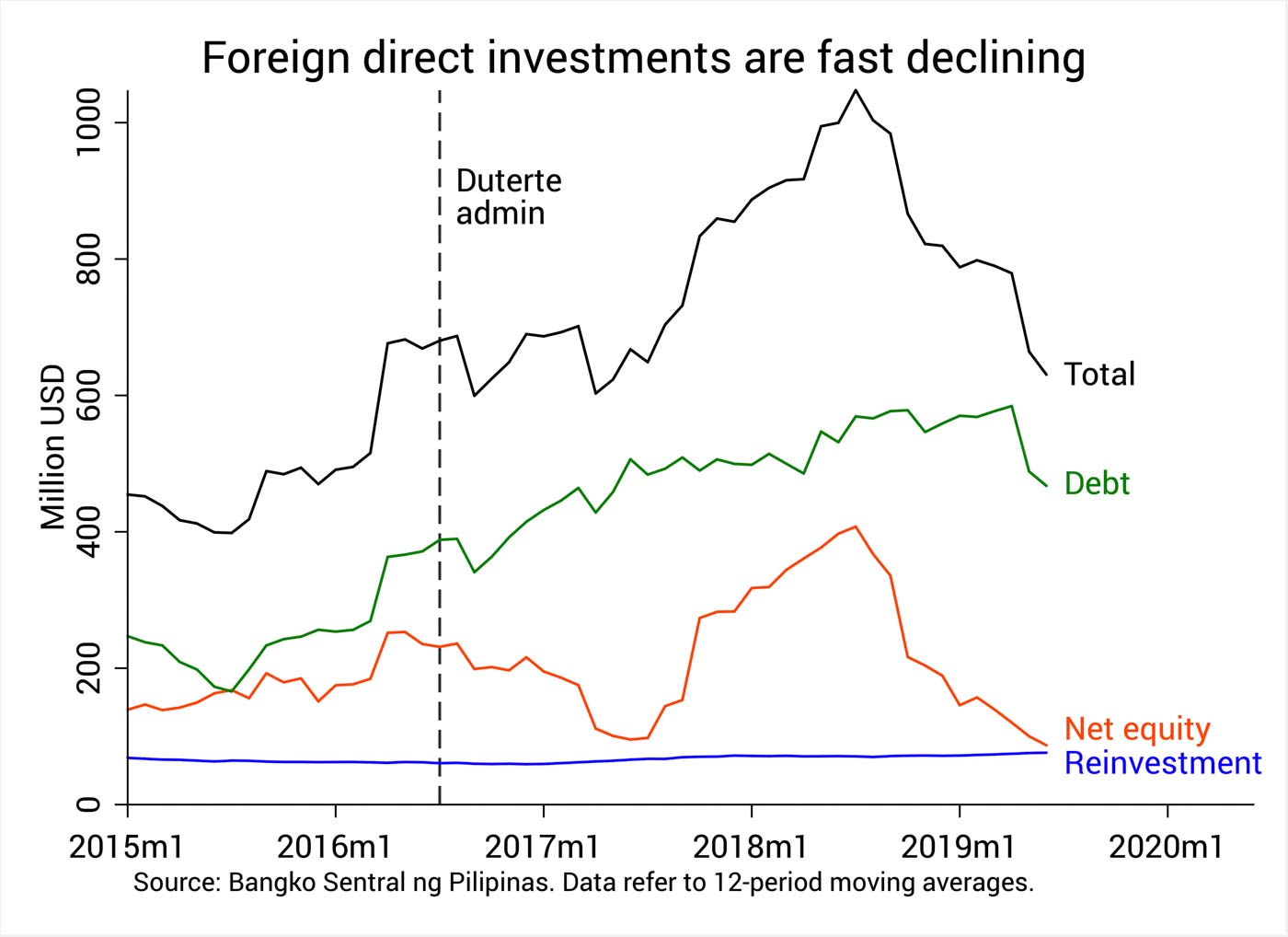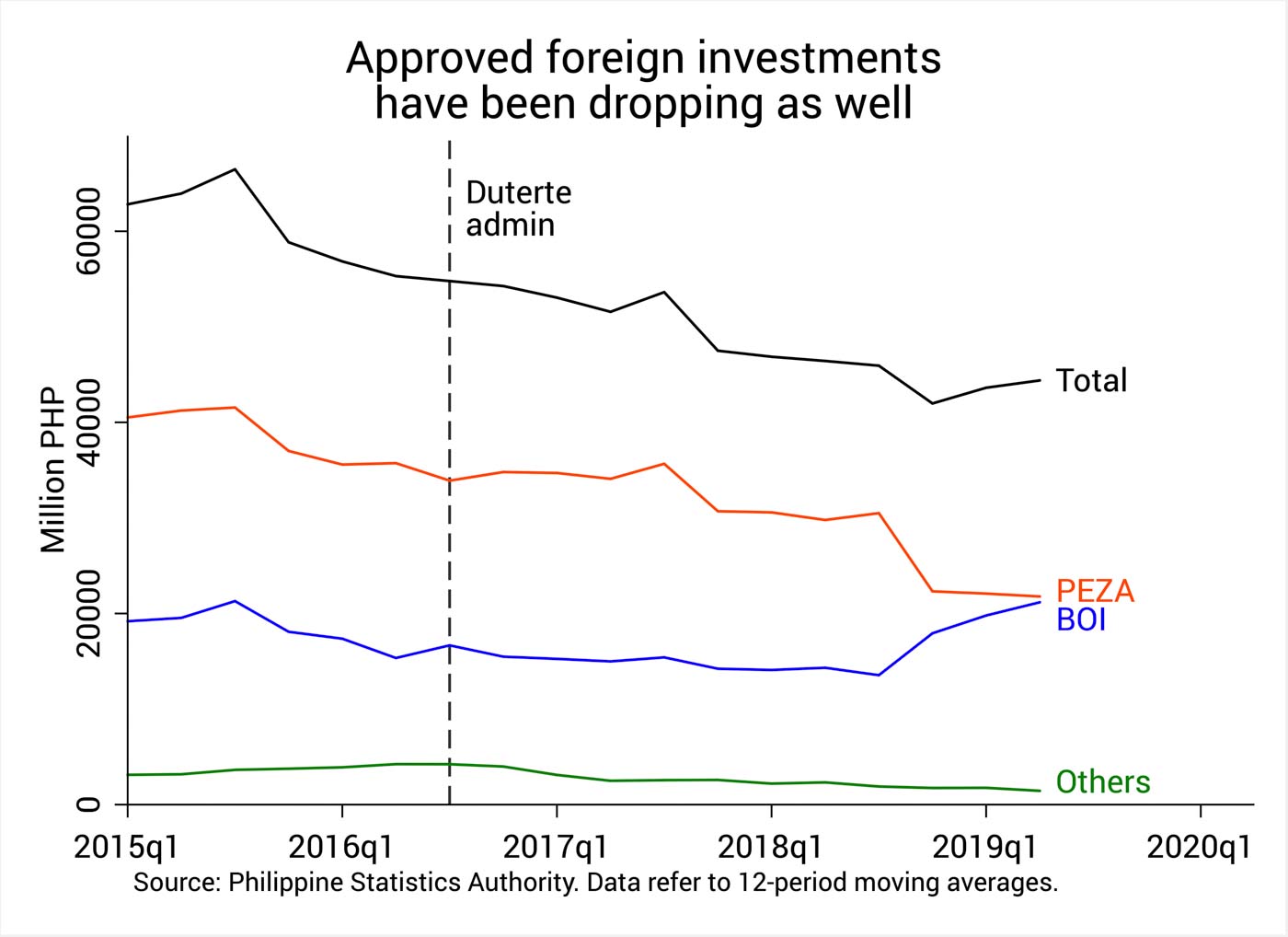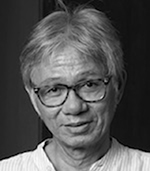
Homework and learning are not the same thing. When students leave the classroom without homework, the potential for learning continues. Vocabulary, grammar, and ideas grow when parents and caregivers have conversations with their children. Cooking reinforces science, math, and reading skills. Eating or playing together cultivates socioemotional resilience. Homework is a poor substitute for these.
The heat around the no-homework policy will probably cool, like most reactive policies in the country. But it should be seriously considered.
Finland sets a promising example. Students in the Nordic country have little to no homework, spend shorter hours in the classroom, and have lengthy school breaks. Young Finns in the Lapland will have watched the sun not set for 6 weeks by the time their English or Welsh peers get out of school for summer break. Probably driven by the long and cold winters, Finns celebrate their summers so passionately.
And they still beat the competition. Finn students consistently rank high in science, math, and reading, according to the Program for International Student Assessment. PISA looks at student performance among rich member OECD countries and their not-so rich neighbors willing to be scrutinized. Finn students also report higher levels of life satisfaction and lower levels of school-related stress.
Those students who spend 60 or more hours on schoolwork score lower in science, math, and reading compared to those who do the same work in 40 hours, according to PISA. These include hours in and out of school.
Of course, we are no Finns. Time spent on schoolwork is a poor benchmark of overall quality of education. But a no-homework, or an alternative “less-homework” policy, could be part of a comprehensive overhaul of how we cultivate the growth and development of our kids.
Finn students do well because their environment enables doing more with less. For one, forward-looking governance means education policies are tested with time. Evidenced-based plans are stable and have a shelf life beyond electoral cycles. Finn students are doing well not only because their educational system values their future but also because it nurtures everyone else’s future.
Here in the Philippines, policies change as soon as people in positions of power change. We think writing the policy is the same as giving it a chance to work.
Another is trust in teachers. Whereas our teachers are overburdened with dubious performance checklists, robotic outcomes-based testing, and other asinine “accountability” measures, Finn teachers have greater academic freedom. This trust translates to a high-paying, high-status profession.
The low wages, limited school supplies, and poor classroom conditions for Filipino teachers mirror how little we value them. Teachers here in the country struggle, but we do not care because suffering is partly our expectation of what it means to be Filipino. We believe suffering is virtuous. And our students suffer for it – and we probably do not care about this, too.
The no-homework position is not perfect. Singapore, Japan, and Taiwan – where homework and after-school instruction, or “cram school,” are a blood sport – also rank high in the PISA proficiency tests. And as it turns out, they outrank Finland.
However, the higher ranking of our 3 Asian neighbors probably has less to do with time spent on homework. Like Finland, a supportive environment – familial, social, and structural – as well as cultural values attached to the meaning of learning are linked to why homework and after-school activities are expected – and not how much is required.
But we are no Singaporeans, Japanese, or Taiwanese, either.
Compulsory basic education here in the country means that many of our kids do attend school. But as any stressed, sleep-deprived college student would tell you, being physically present in the classroom is not the same as learning in it. Despite our young population – nearly half of us are under 25 years old – we fail to maximize this potential. Fewer and fewer Filipinos end up in college and much fewer in postgraduate training. Many are unemployed or underemployed.
Rankings are also an alluring substitute for student experience but belie the reality. The overwhelming number of students are not admitted into the so-called selective universities nor are they accepted into the "top performing" in exams-obsessed programs. For every student that engineers a space probe or discovers a cancer treatment in snails, millions more are just trying to make it to a classroom with a decent desk. These rankings are drawn to competitive elitism, not student learning.
New industries require new types of jobs. New competitive jobs require interdisciplinary solutions, which are natural outgrowths of innovation-capable workers – and the innovation-enabling teachers and mentors who guide them.
But our educational system is not preparing students for the future. It is shaping the next generation according to the country’s present – bureaucratic, inequitable, and stifling.
No amount of homework will remedy this skill-demand mismatch. It seems that the potential of the no-homework policy has nothing to do with homework after all. – Rappler.com
Dr Ronald Del Castillo is professor of psychology, public health, and public policy at the University of the Philippines-Manila. The views here are his own.





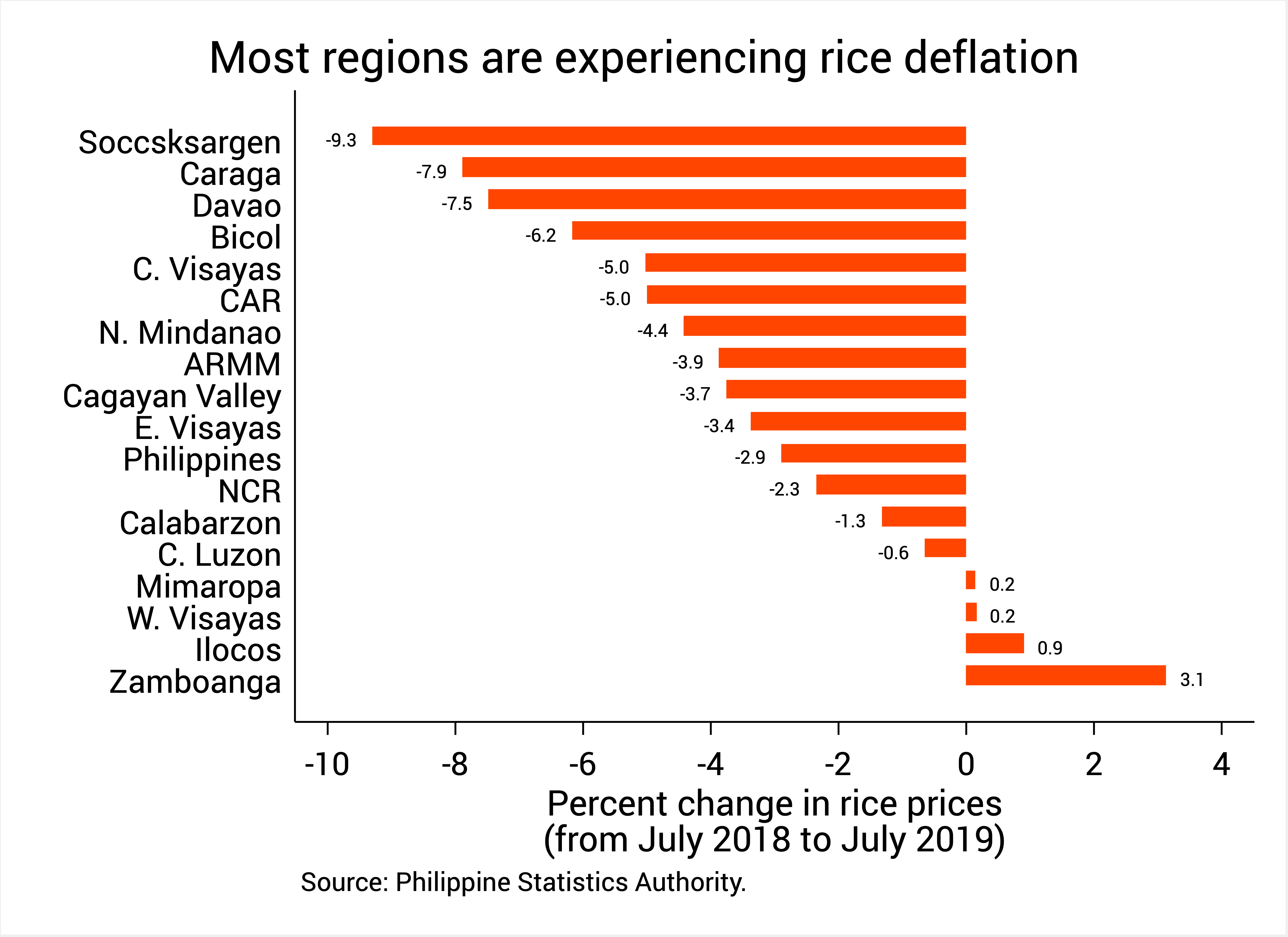



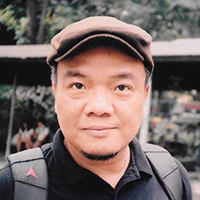 Aaminin ko, na-fascinate ako at patuloy na napa-fascinate sa viral at trending posts sa social media. Kinunsinti ko rin ang mga nagpa-like at nagpa-hear-heart reax dati. Na-curious din ako sa dynamics at sustainability ng katanyagan ng ilan sa lubos na mapagkunwaring social media. Ganoon na lamang ang fascination ko kaya naglakas-loob akong magturo ng New Media sa unibersidad, armado ng kung ilang aklat at pananaliksik na nabasa at isinabuhay.
Aaminin ko, na-fascinate ako at patuloy na napa-fascinate sa viral at trending posts sa social media. Kinunsinti ko rin ang mga nagpa-like at nagpa-hear-heart reax dati. Na-curious din ako sa dynamics at sustainability ng katanyagan ng ilan sa lubos na mapagkunwaring social media. Ganoon na lamang ang fascination ko kaya naglakas-loob akong magturo ng New Media sa unibersidad, armado ng kung ilang aklat at pananaliksik na nabasa at isinabuhay.


 When Queenmelo Esguerra was 14, the high school principal suspended her and her friends for leading and organizing a gay group. “I was actually asking my friends to look at my fashion magazines and teaching them how to do a catwalk,” said Esguerra.
When Queenmelo Esguerra was 14, the high school principal suspended her and her friends for leading and organizing a gay group. “I was actually asking my friends to look at my fashion magazines and teaching them how to do a catwalk,” said Esguerra.
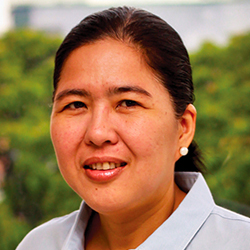





 To fight for one's rights, and in defense of family and community, is an honorable thing. For decades our communities have been marred by armed conflict because of injustices and oppression – including a number of massacres – that have triggered some of our people to arm themselves.
To fight for one's rights, and in defense of family and community, is an honorable thing. For decades our communities have been marred by armed conflict because of injustices and oppression – including a number of massacres – that have triggered some of our people to arm themselves.






